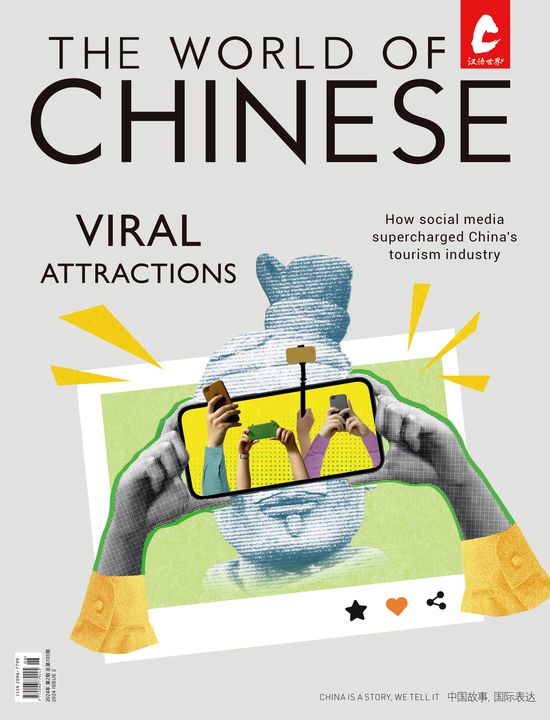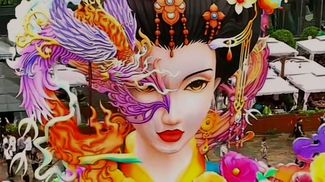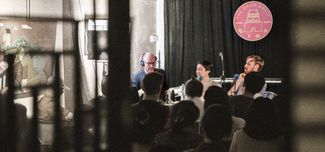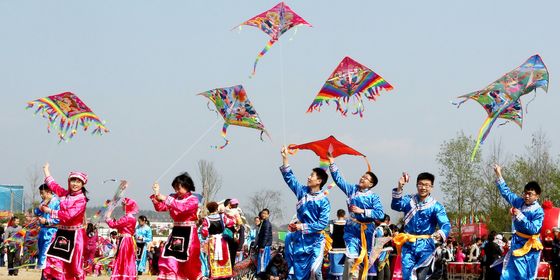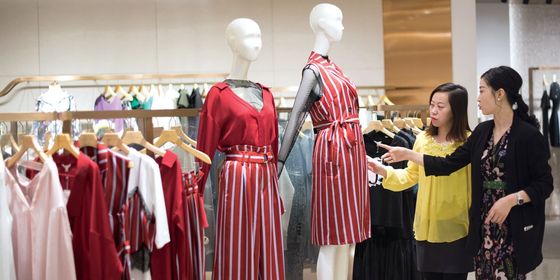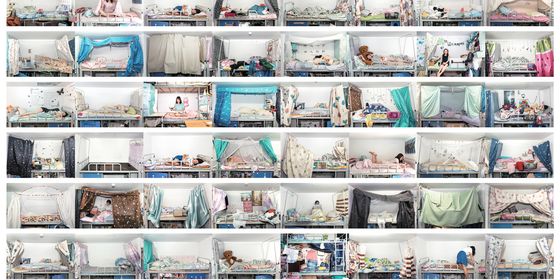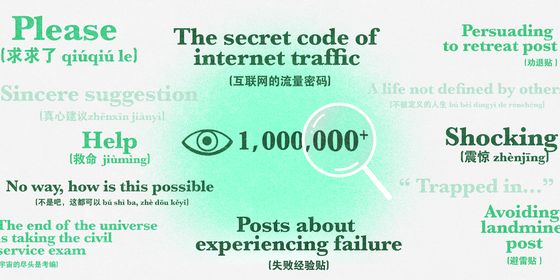How artisans in Jingdezhen are keeping alive one of China’s hottest historical commodities
At 81, against the wishes of her family, Yu Ermei took her life savings and built a palace: Two giant rotundas covered from floor to ceiling in glassy porcelain shards, rising four stories tall like mirages in the fields outside of Jingdezhen, the town where she had lived and worked all her life.
That was more than ten years ago. On a cloudy spring morning, wearing a padded cotton jacket and cloth shoes, 91-year-old Grandma Yu’s walking stick clinks over the mosaic floors as she shows TWOC around the palace grounds: “I told my kids I’d disown them if they dared to stop me! I don’t know if the local government will tear it down after I die,” she says. “But nobody could stop me from doing it.”
Grandma Yu left elementary school to apprentice in a porcelain workshop at the age of 12, after her father passed away. Over decades, she mastered molding, painting, and kiln firing in the style of famille rose at Hongguang Porcelain Factory. Two decades into retirement, she stubbornly embarked on her magnum opus. She introduces a hall of portraits of 100 Chinese emperors painted on porcelain, followed by Lenin and Mao: a century of vogue fused into one building.
“Artists are the bridges between past and future,” declared writer and porcelain connoisseur Wang Kai at a public forum on ceramics in Beijing last December. “Perhaps making a porcelain cup is not hard. But what I am thinking when I make it—what you are thinking when you use it—this possibility of dialogue is the starting point of beauty.”
Jingdezhen, in China’s central Jiangxi province, is a city of such starting points. For a thousand years, its wares have been shipped across the world to adorn tables from Lisbon to Dara’a, Cairo to North Carolina, serving as global vessels for personal obsession and national ambition. Today, residents of the “Porcelain Capital of the World” battle to mold the art into the 21st century as the place and craft continue to evolve in unpredictable directions.
Create a free account to keep reading up to 10 free articles each month
Bringing the Porcelain Capital of the World into the 21st Century is a story from our issue, “Something Old Something New.” To read the entire issue, become a subscriber and receive the full magazine.
